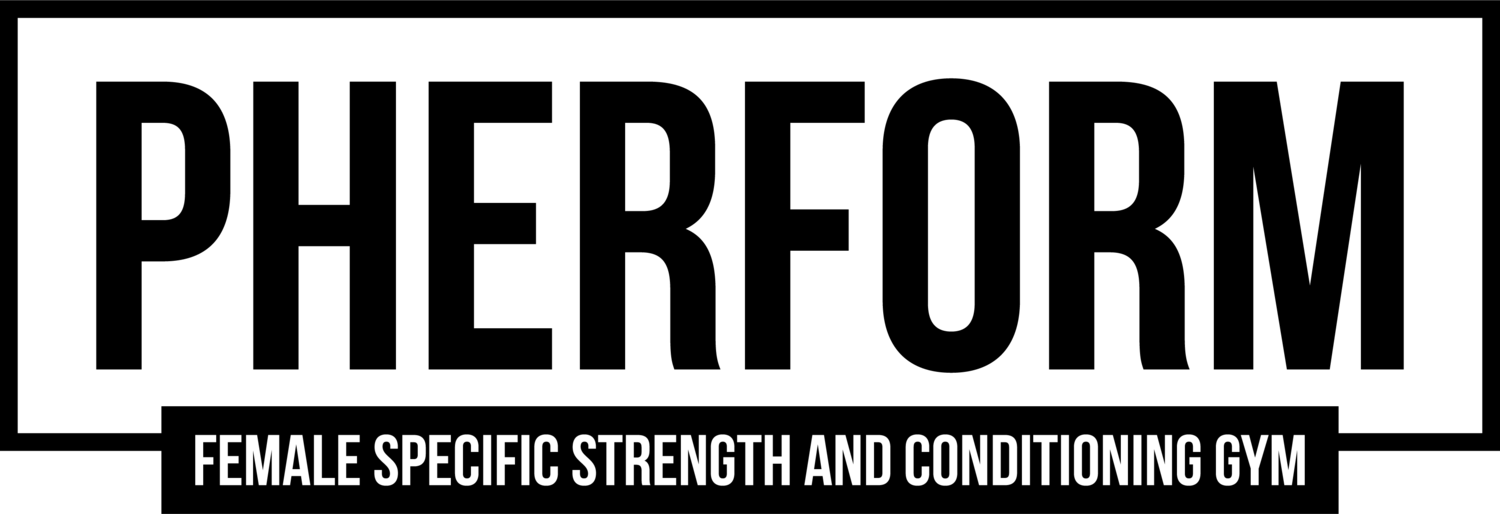Why Strengthening Your Pelvic Floor is About More Than Just Pee Control
When most people think about the pelvic floor, they imagine something their mom’s friend’s physiotherapist once mentioned in passing usually about avoiding leaks when you sneeze or jump rope. And yes, your pelvic floor does help with bladder control, but it’s so much more than that. At Pherform, we’re all about helping women train smarter, and pelvic floor health is a vital part of the equation.
Let’s dive into why strengthening your pelvic floor matters not only for spine stability but also for something you might not expect: better orgasms.
The Pelvic Floor: Your Core’s Hidden Hero
Think of your pelvic floor as a hammock of muscles stretching from your pubic bone to your tailbone. These muscles work with your diaphragm, deep core, and back muscles to stabilize your spine and pelvis. A strong pelvic floor helps you:
Maintain posture and alignment during lifts
Reduce risk of back pain
Control intra-abdominal pressure when lifting, running, or bracing
When you train your core but neglect your pelvic floor, you’re essentially leaving out a critical part of your body’s natural weightlifting belt. Research shows that pelvic floor dysfunction is linked with lower back pain in women . So, by strengthening it, you’re not just protecting your bladder; you’re giving your spine the support it deserves.
Pelvic Floor and Pleasure: The Orgasm Connection
Here’s where it gets interesting. The pelvic floor isn’t just about structure; it’s also directly involved in sexual function. During arousal and orgasm, those same muscles contract rhythmically. Stronger pelvic floor muscles mean:
More blood flow to the pelvic region
Increased sensitivity
Stronger, more intense orgasms
Studies have found that women who do pelvic floor exercises report higher levels of arousal, lubrication, and orgasm satisfaction . In other words, those Kegels aren’t just helping your deadlift; they’re leveling up your sex life.
How to Train Your Pelvic Floor Without Feeling Awkward
The good news? You don’t need to sit around quietly squeezing your pelvic muscles in secret. There are fun and practical ways to integrate pelvic floor training into your workouts:
Breathwork drills: Learning how to exhale and engage your pelvic floor during lifts.
Pilates-inspired movements: Great for connecting core and pelvic stability.
Core based exercises (done correctly!): Think “lift and squeeze” rather than “clench and hold.”
Loaded carries and squats: When cued properly, these recruit your pelvic floor as part of the full core system.
Pro tip: Pairing pelvic floor engagement with resistance training is way more effective than random squeezes you forget to do in traffic.
Strong Pelvic Floor, Stronger You
At Pherform, we believe strength training is about building resilience in every sense: structural, hormonal, and yes, even sexual. A strong pelvic floor doesn’t just keep you dry on box jumps; it helps stabilize your lifts, protect your back, and enhance pleasure.
So next time you’re crushing squats or dialing in your breathwork, remember: your pelvic floor is working hard for you. Treat it well, and it might just return the favor in more ways than one.
References
Smith, M. D., Coppieters, M. W., Hodges, P. W. (2007). Is pelvic floor dysfunction associated with low back pain? Physical Therapy, 87(2), 234–243.
La Scala, C., et al. (2018). Female sexual function and pelvic floor muscle exercises: A systematic review. International Urogynecology Journal, 29(6), 889–898.

